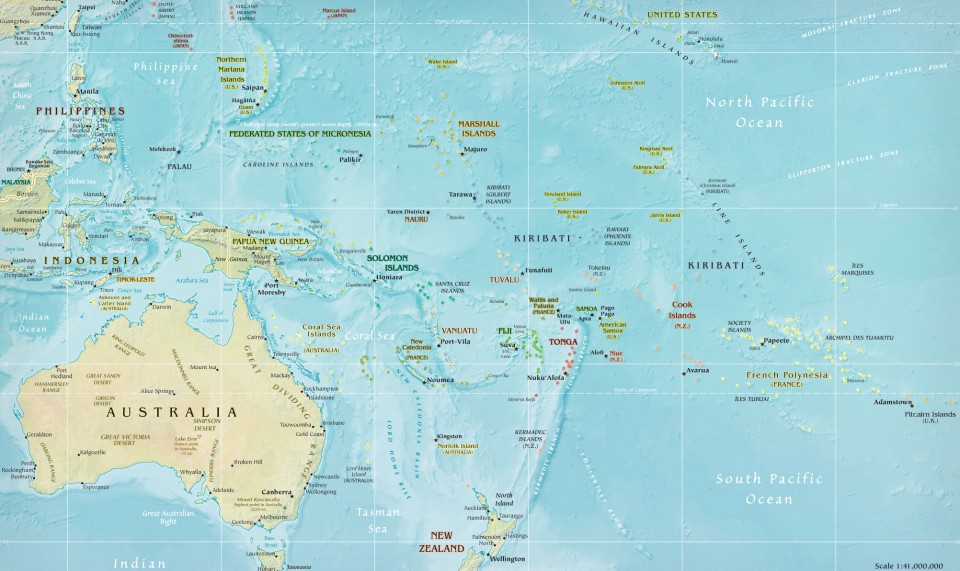In his book, Distance Psychoanalysis, Brazilian Psychoanalyst Ricardo Carlino argues for the integration of communication technology into psychoanalytic method. By now an entire generation has been brought up in a social milieu where digital technology is the norm. Baby Boomers who thought they ruled the world are now ‘digital immigrants’. They hold in their minds a history of psychoanalytic practice based on close physical proximity between patient and analyst ( ie in the same room). Yet, like the current generation, they face the challenges and changes wrought by the internet, the world-wide web and electronic communication. Psychoanalytic practitioners need to explore the way this will impact upon practice and to develop a framework within which they could practice. In the longer term, Carlino argues, communication technology will enable people living in remote regions to get access to this and other treatments.
It’s an interesting – and important – idea and one I will be exploring in more detail as I work my way through Carlino’s book. For the time being, though, I will leave you with this article from today’s online edition of the Australian daily, ‘The Age’, showing just how deeply modern communication technology has altered the world.
Ricardo Carlino, Distance Psychoanalysis: Theory and Practice of Using Communication Technology In The Clinic, London, Karnac Books, 2011.

By chance, today, January 4, 2018, I connected with an article appeared on the Internet with the title “Freud in Oceania ~ Histories of psychology and psychoanalysis in the Oceania region” dated October 20, 2011.
There is a commentary on a book that I published that same year on psychoanalysis instrumented through the current means of communication at a distance. Its title: “Distance Psychoanalysisis”. In the commentary I am identified as an author born in Brazil. It’s a mistake. I am born in Argentina. I have been a doctor for 54 years and 45 years as a psychoanalyst.
For the last two years I have been residing in Mexico City, where I am a professor of Psychoanalytic Technique at the Institute of Psychoanalytic Education of the Psychoanalytic Society of Mexico (SPM).
I was very happy to have found this article in such distant lands. Precisely, this psychoanalytic method is at the service of instantly connecting people who are geographically distant.
My cordial greetings to Christine, whom I am taking the opportunity to express my admiration for her fertile journalistic work.
Ricardo Carlino
Hello Dr Carlino
Many thanks for your comments and interest. I apologize for my error and have corrected it in the republication of the review of what I think is very important work. Here in Australia where distances are vast, the potential for communications technology in psychoanalytic treatment is an important consideration. Here is the link to the revised article which I republished today. freudinoceania.com/2018/01/05/distance-psychoanalysis-a-review/
Kind regards
Christine Brett Vicker